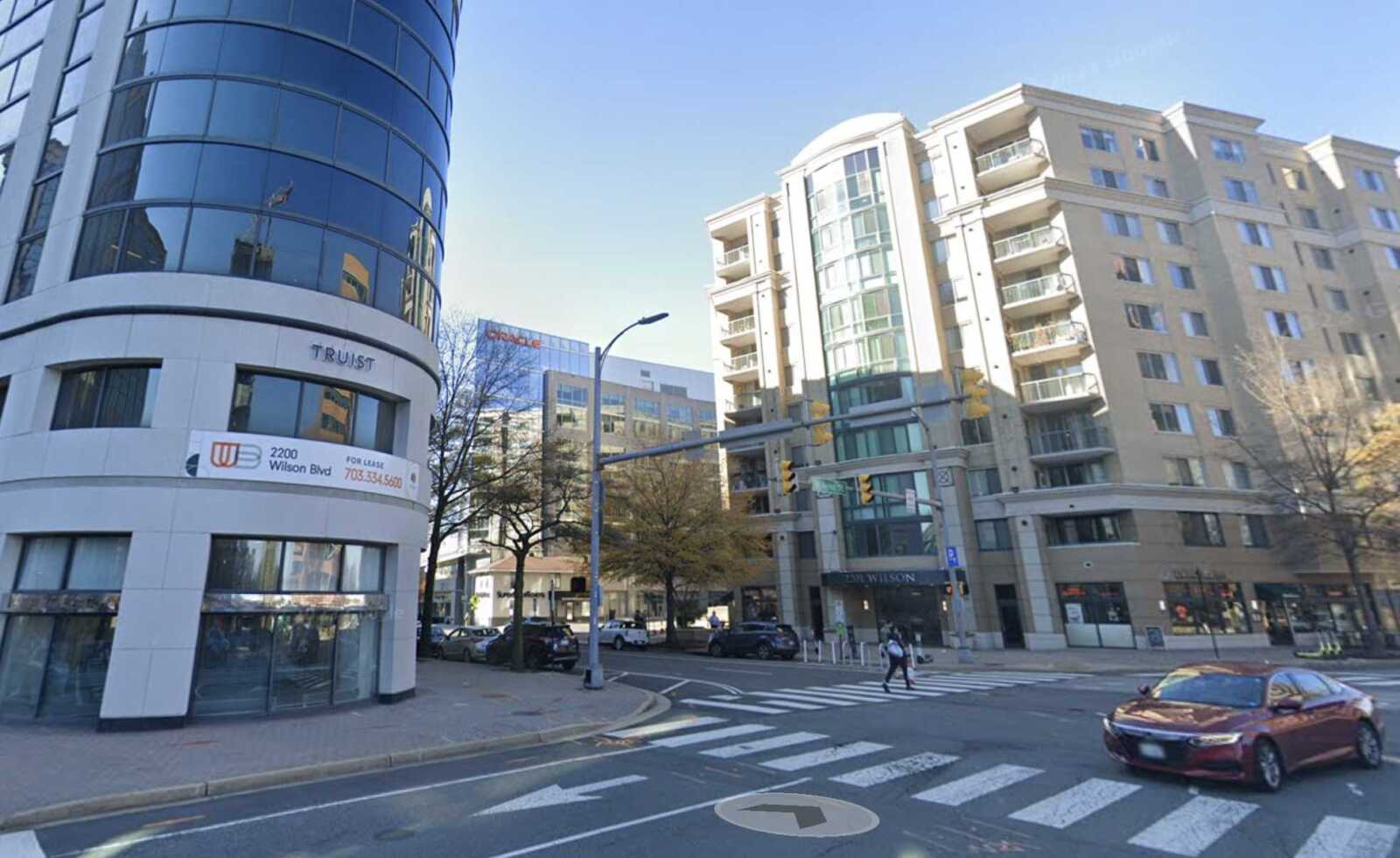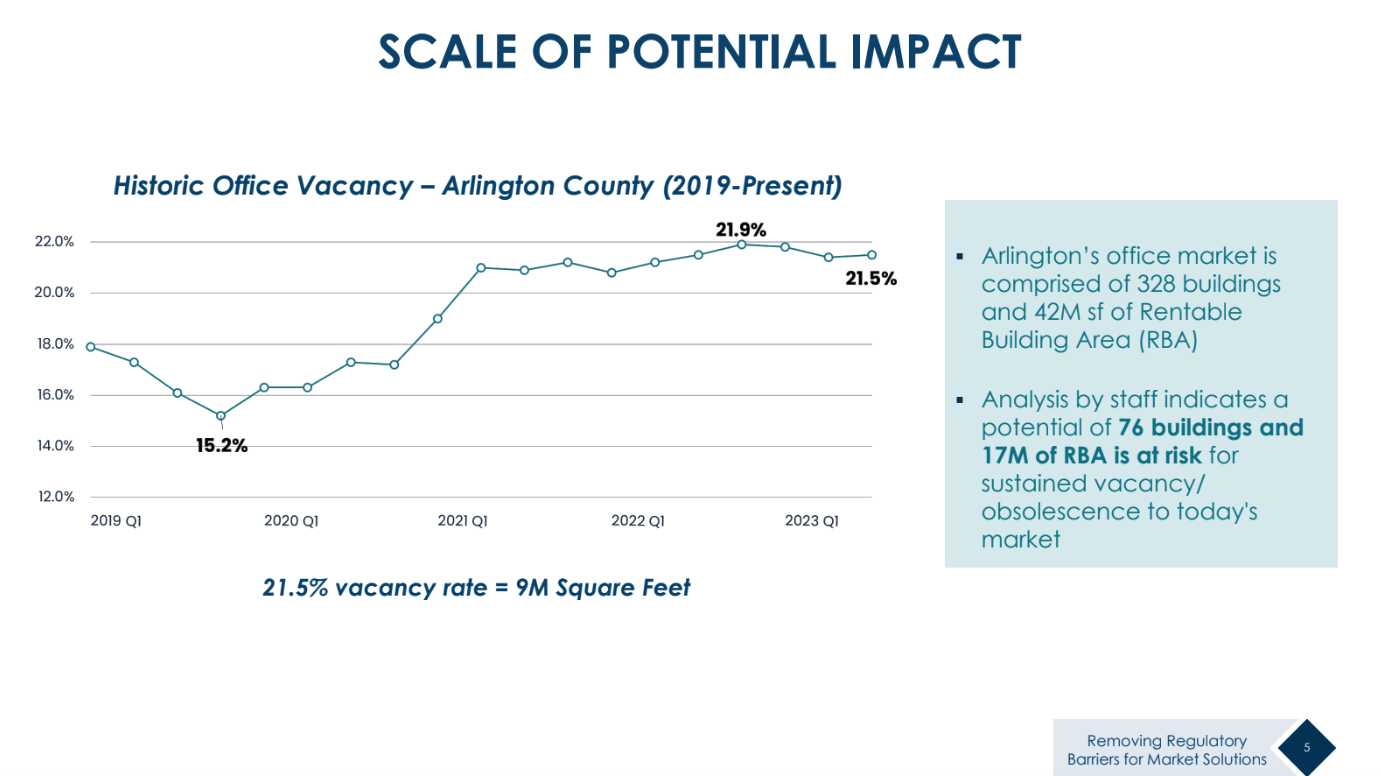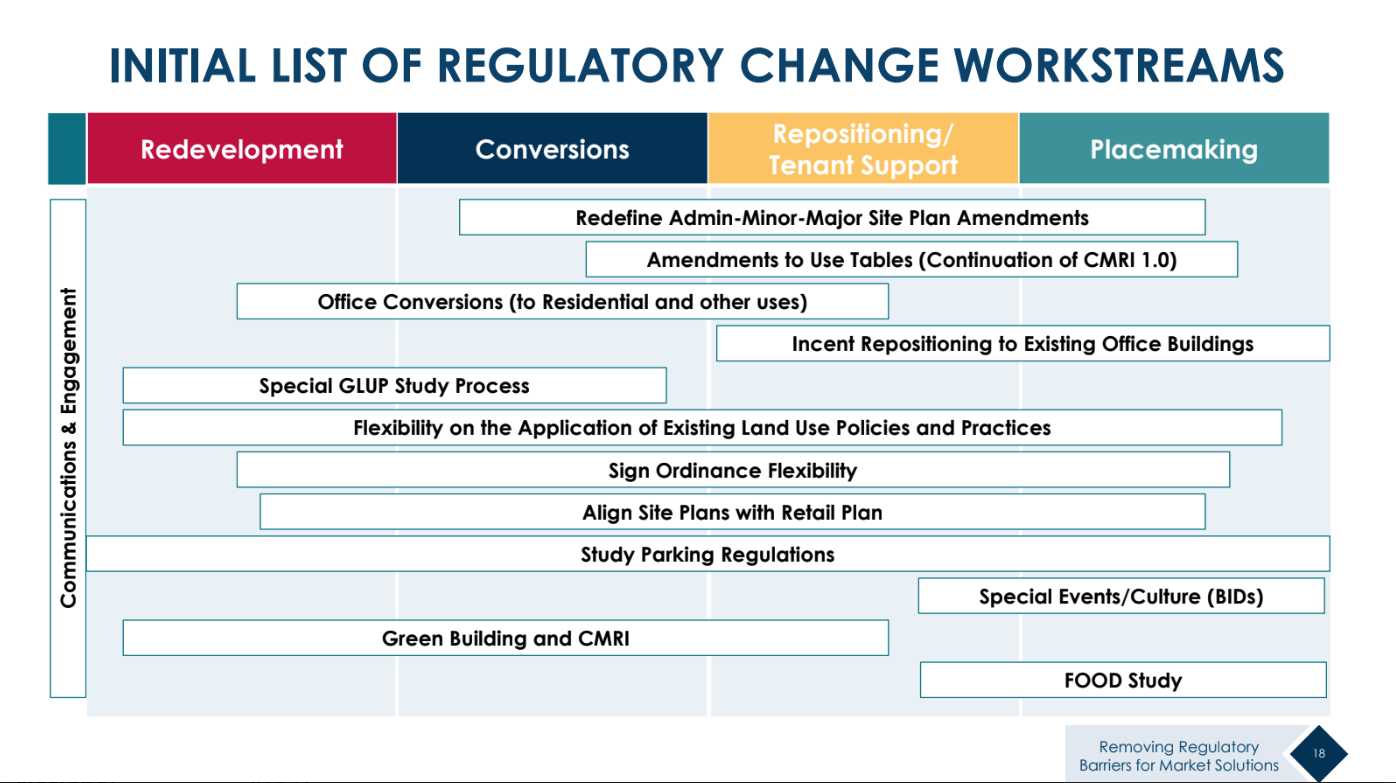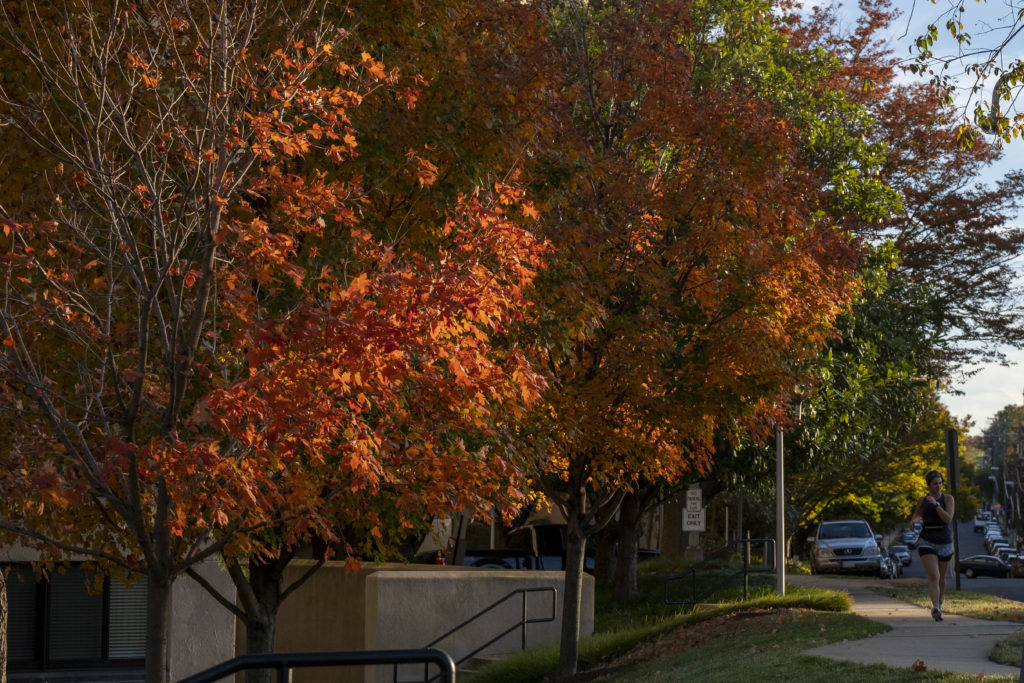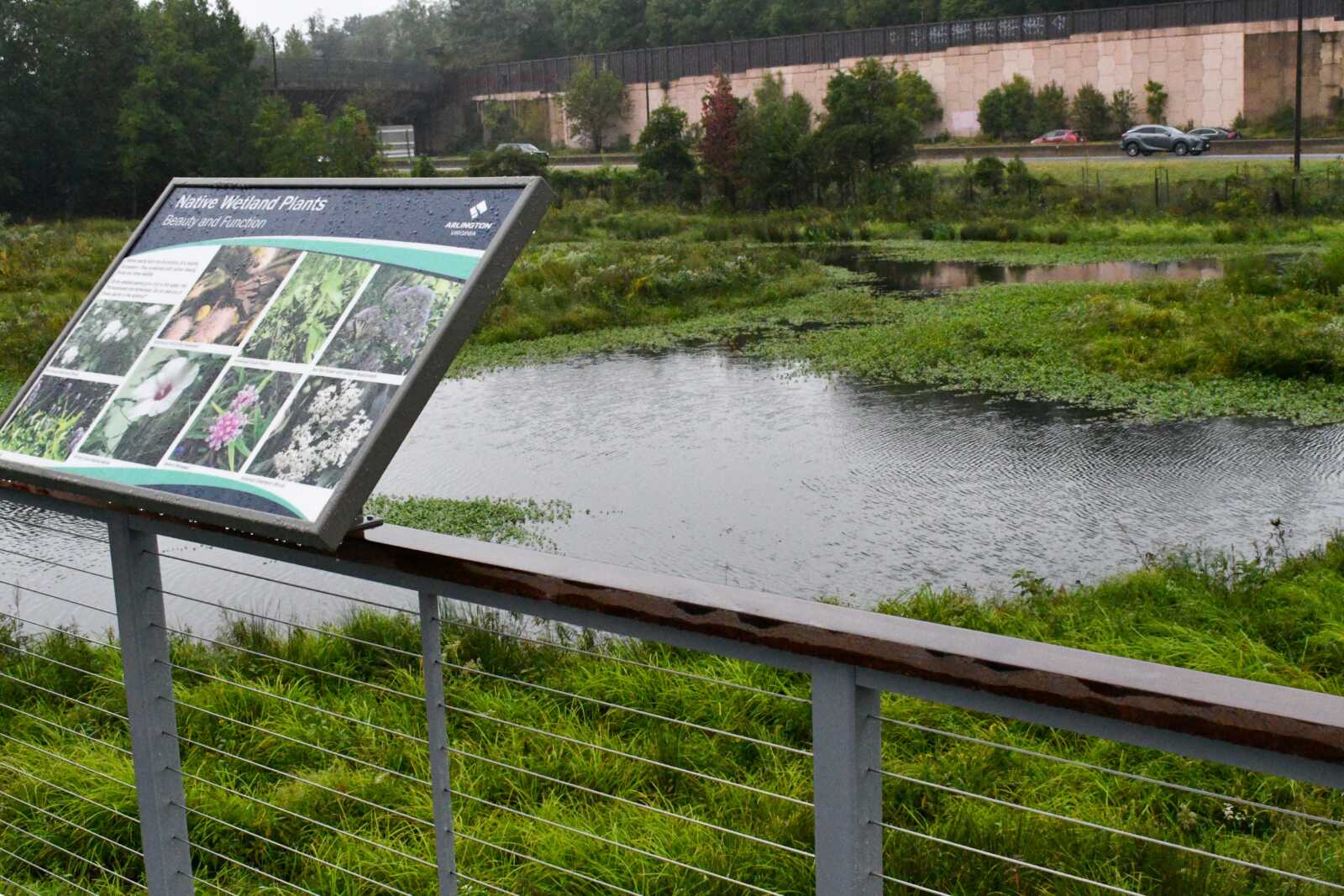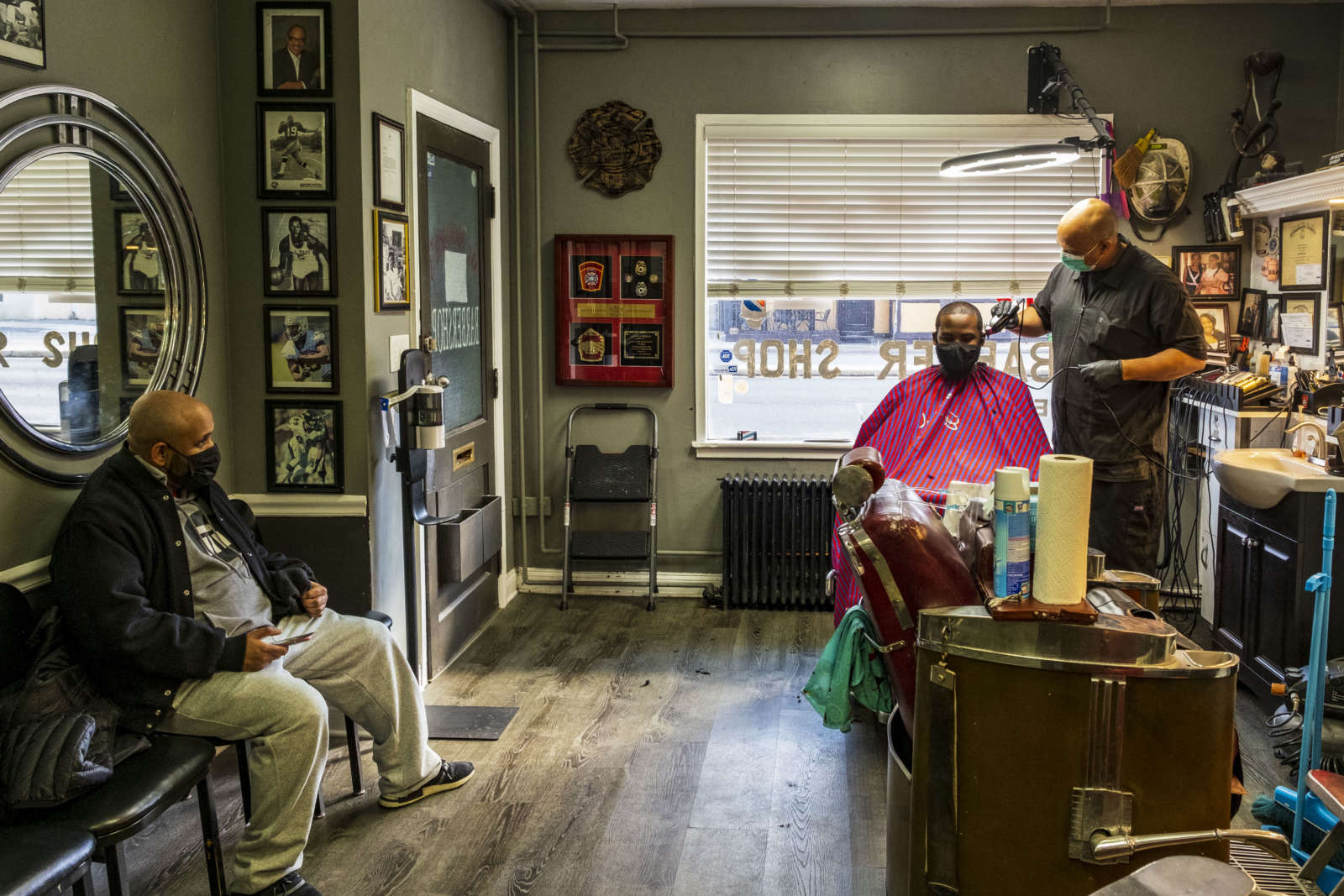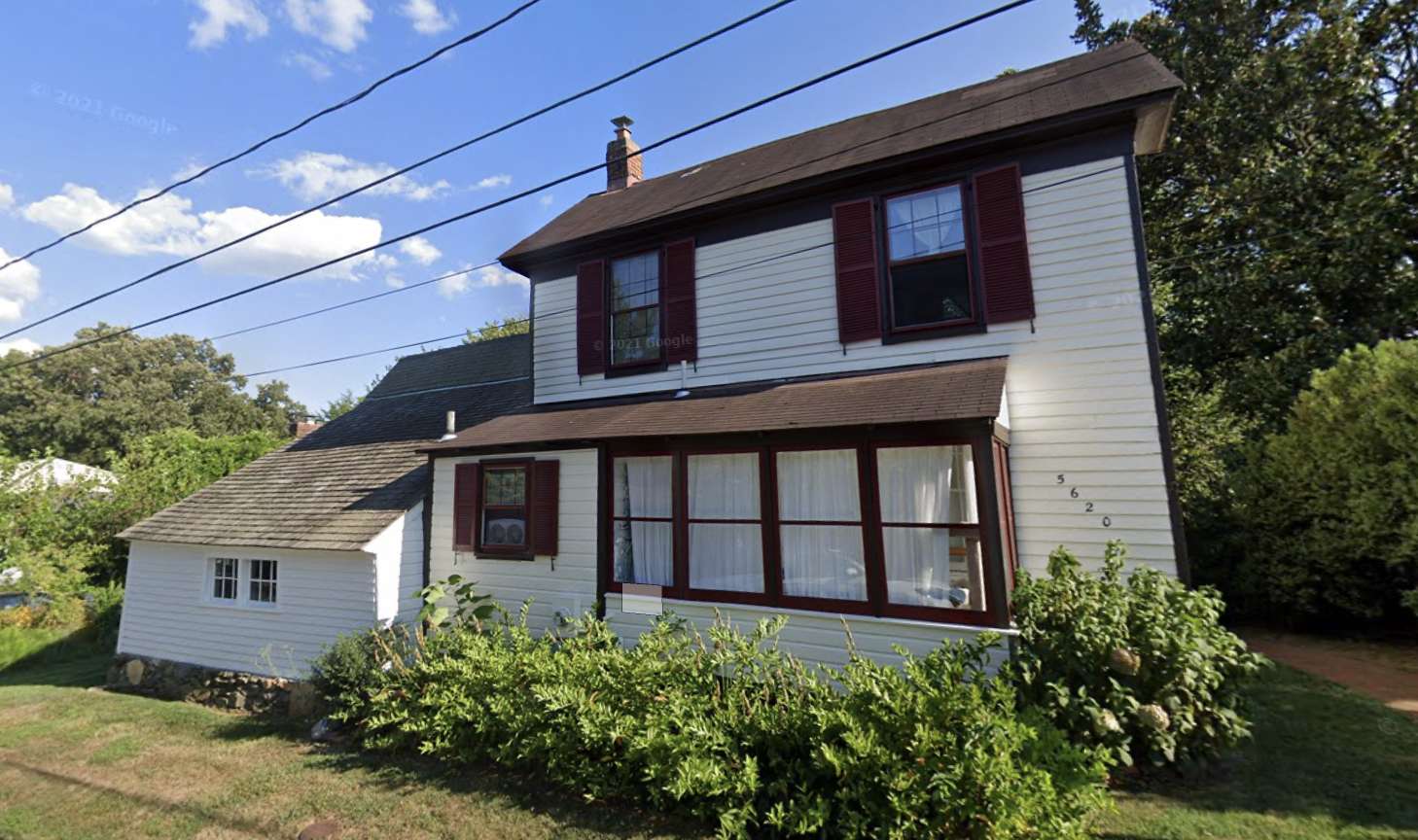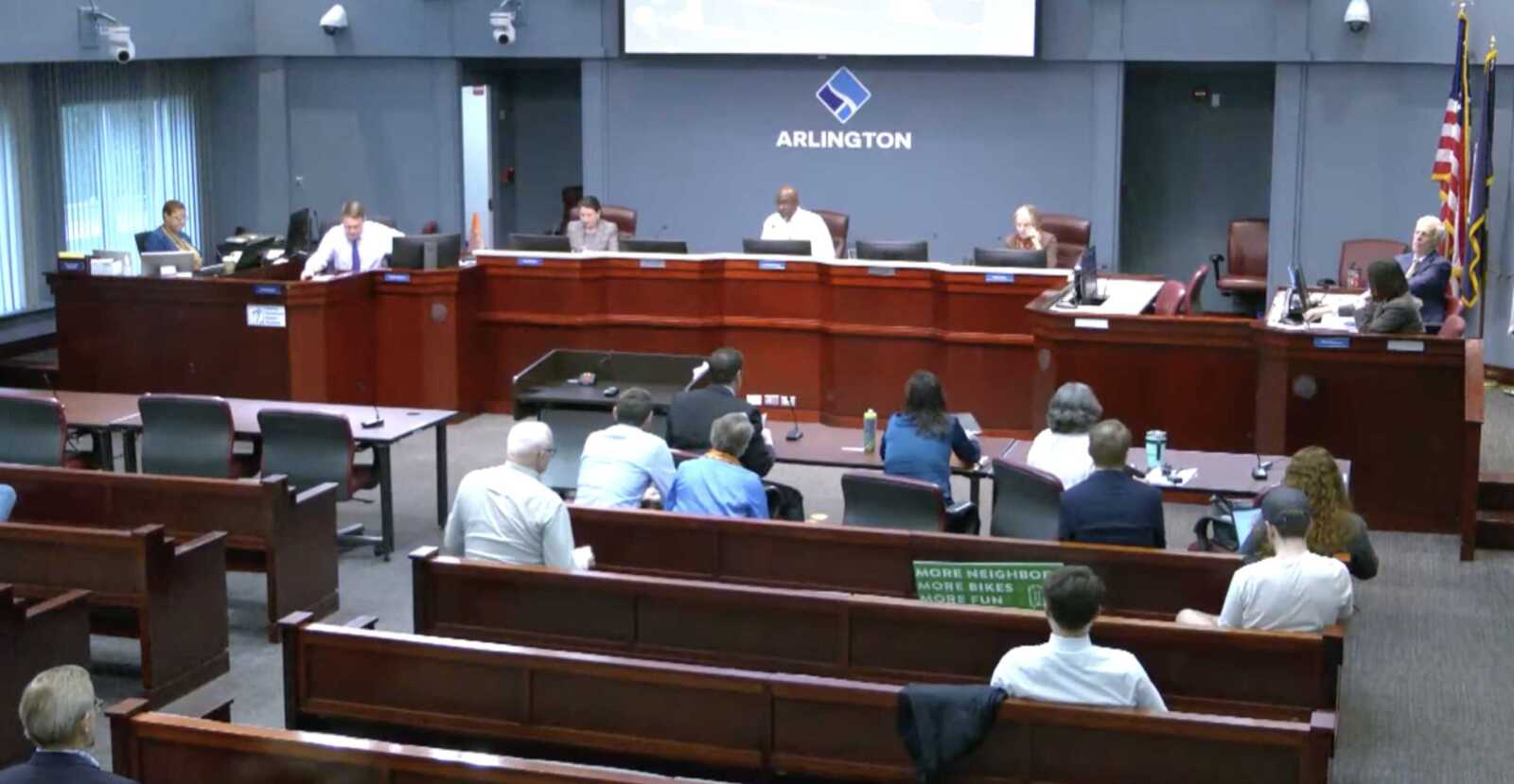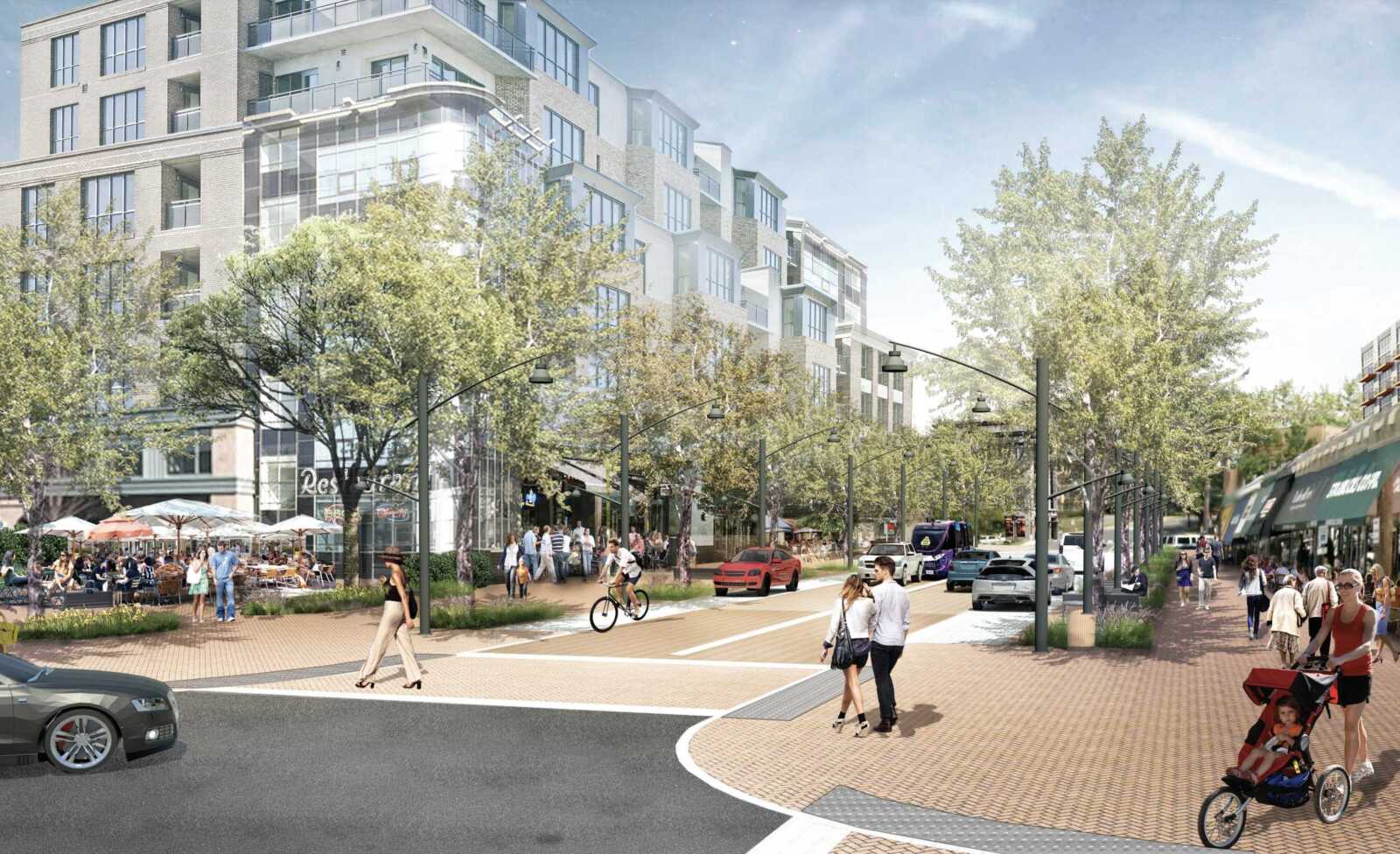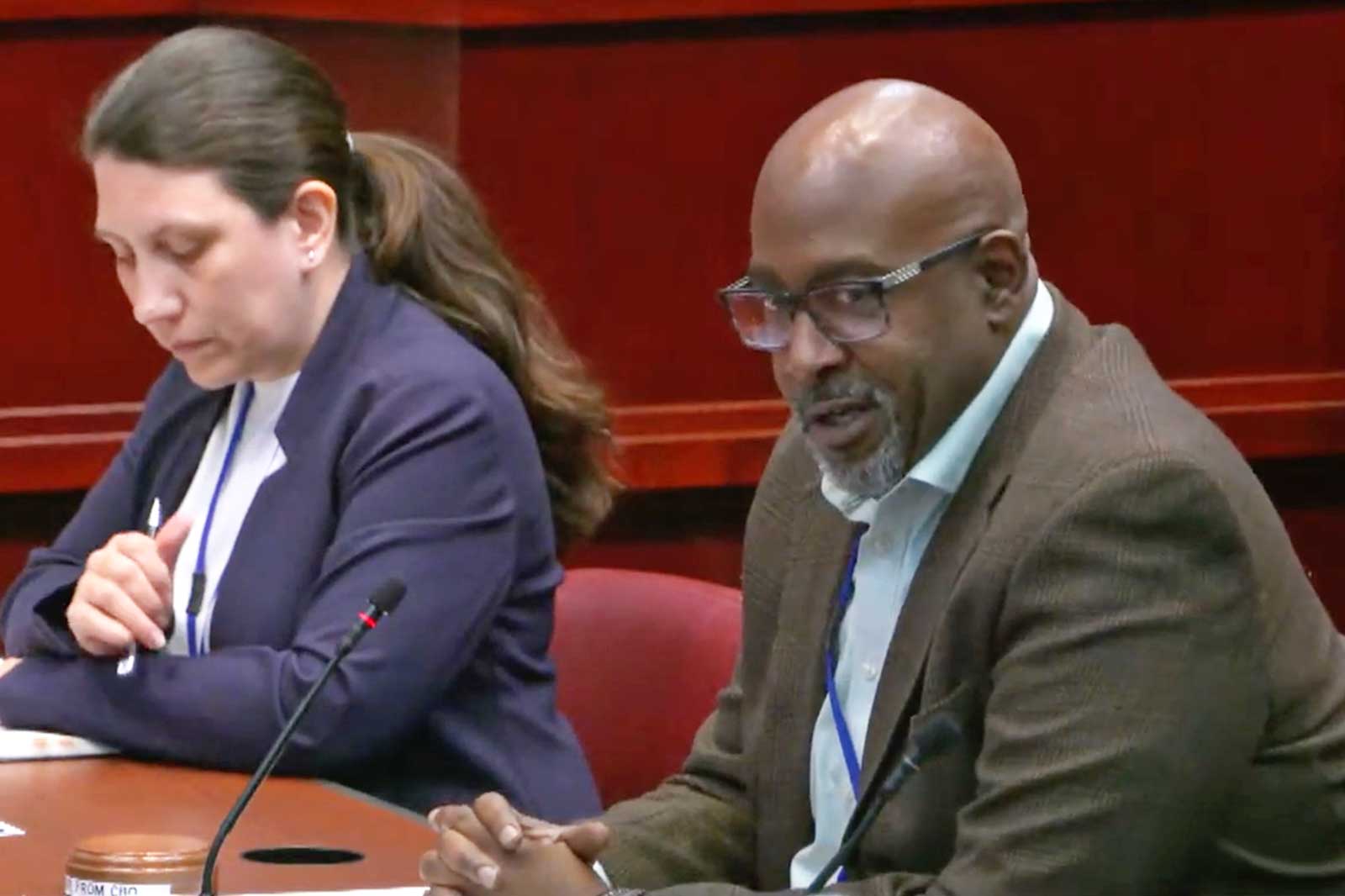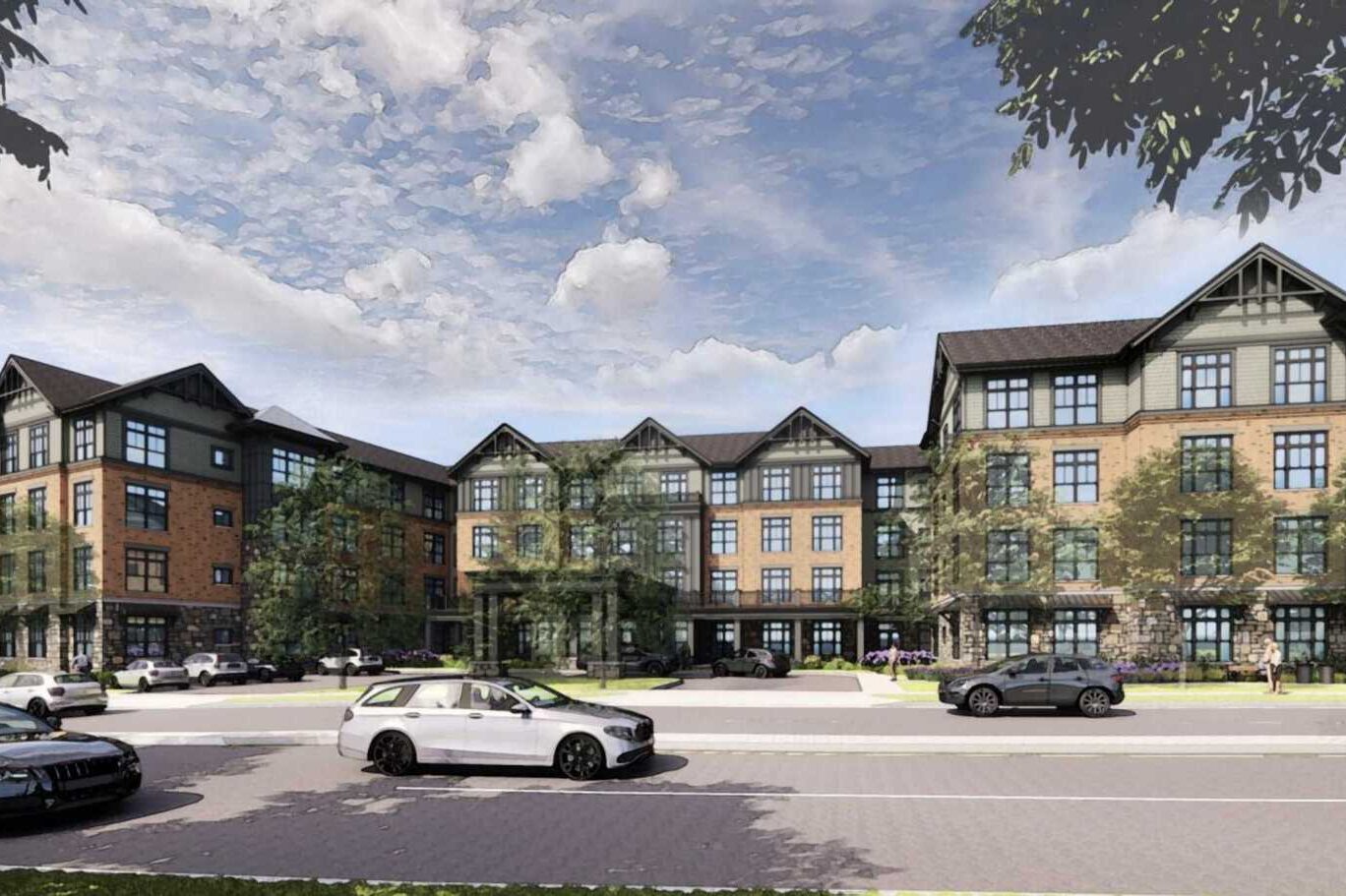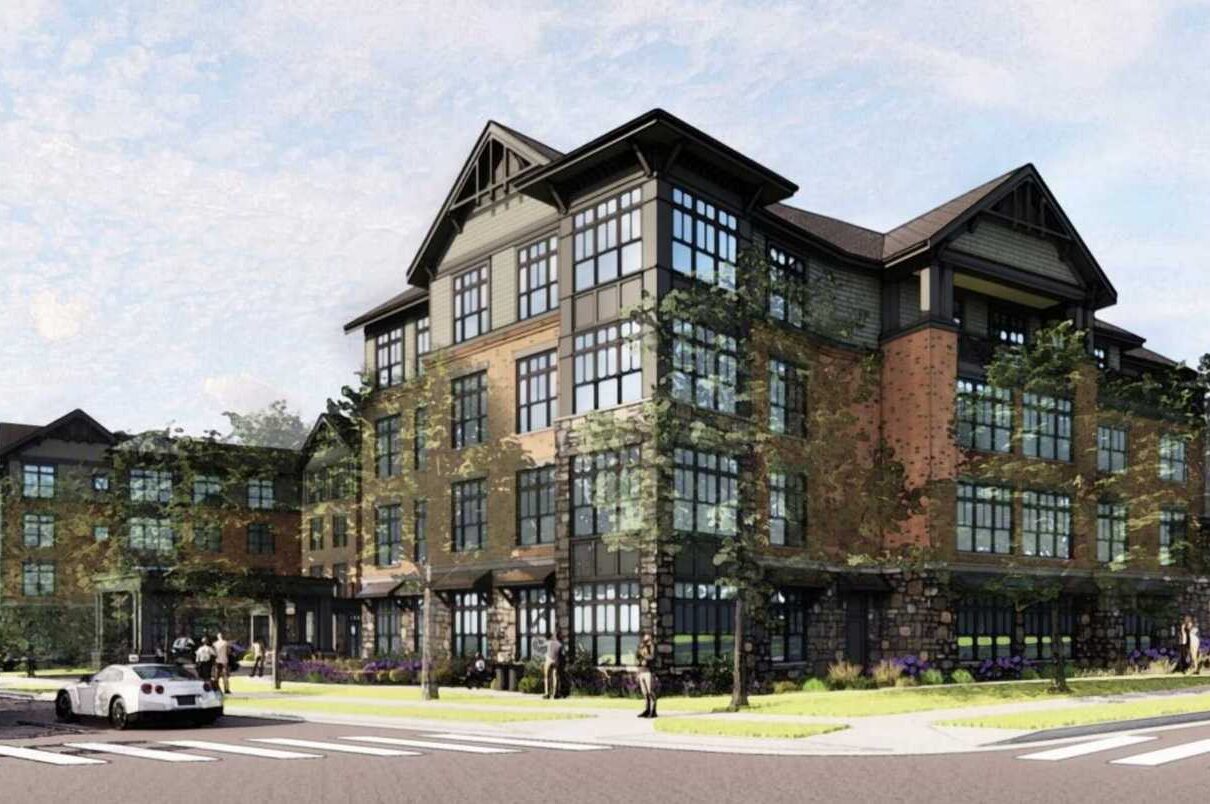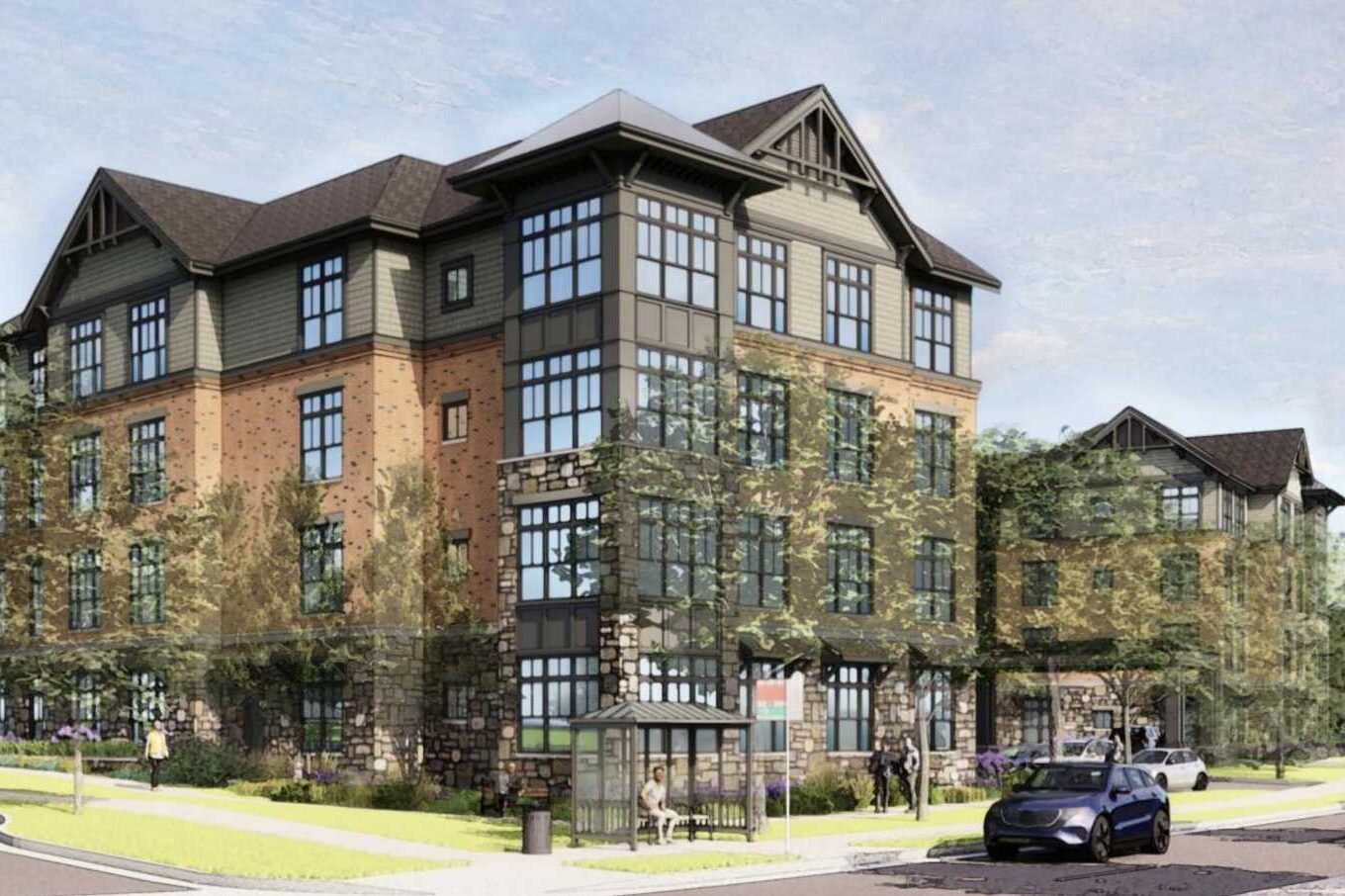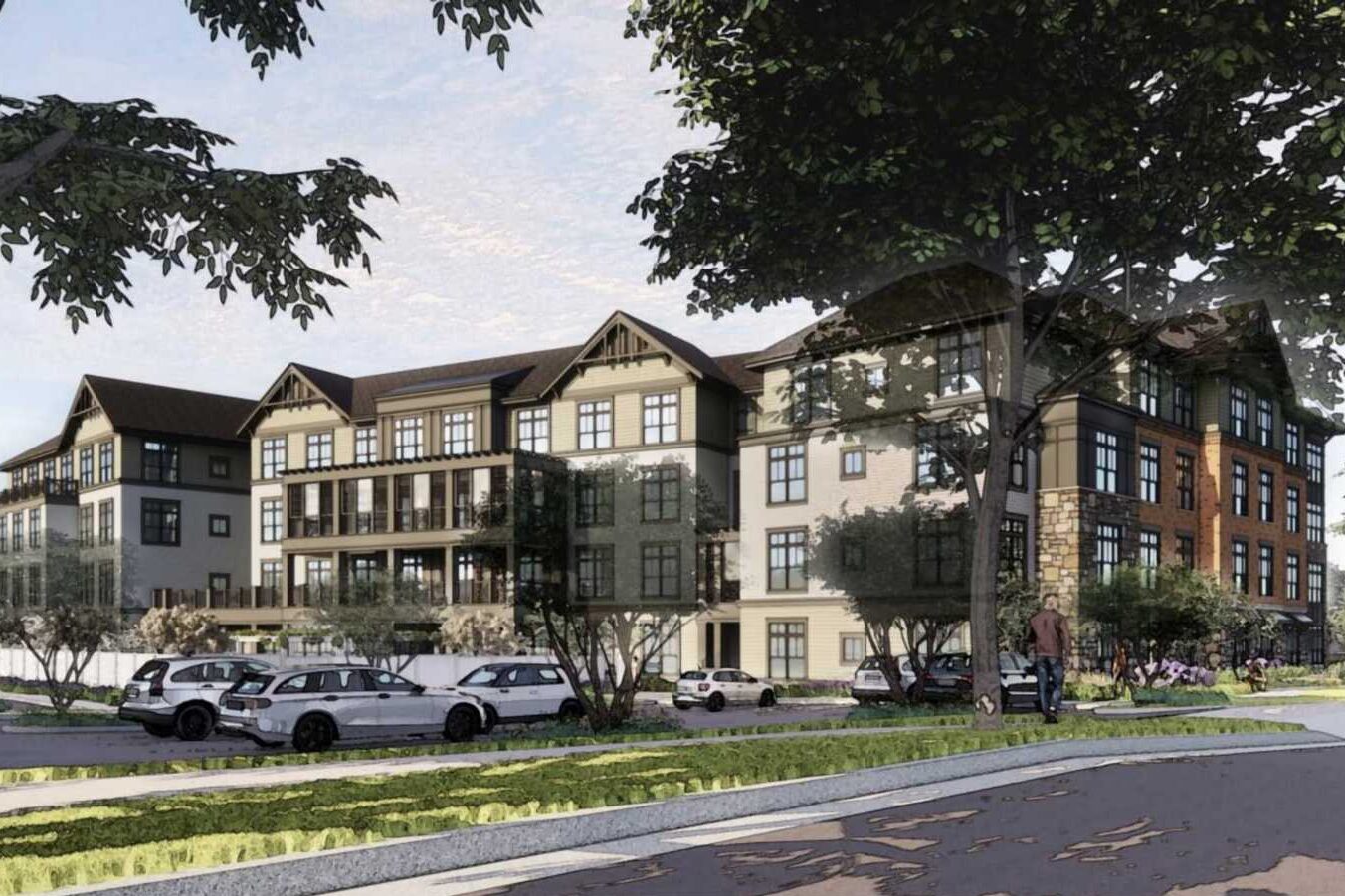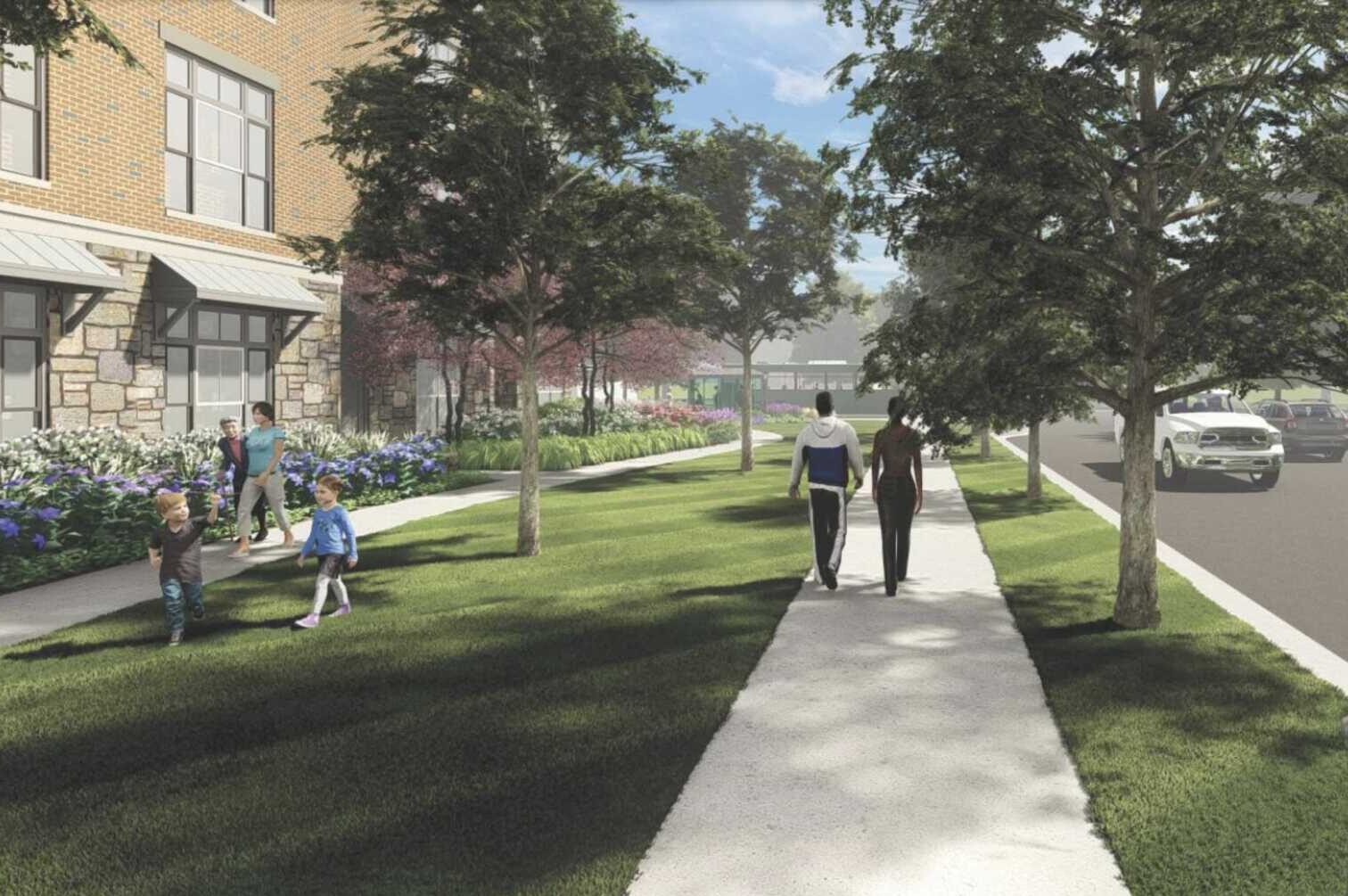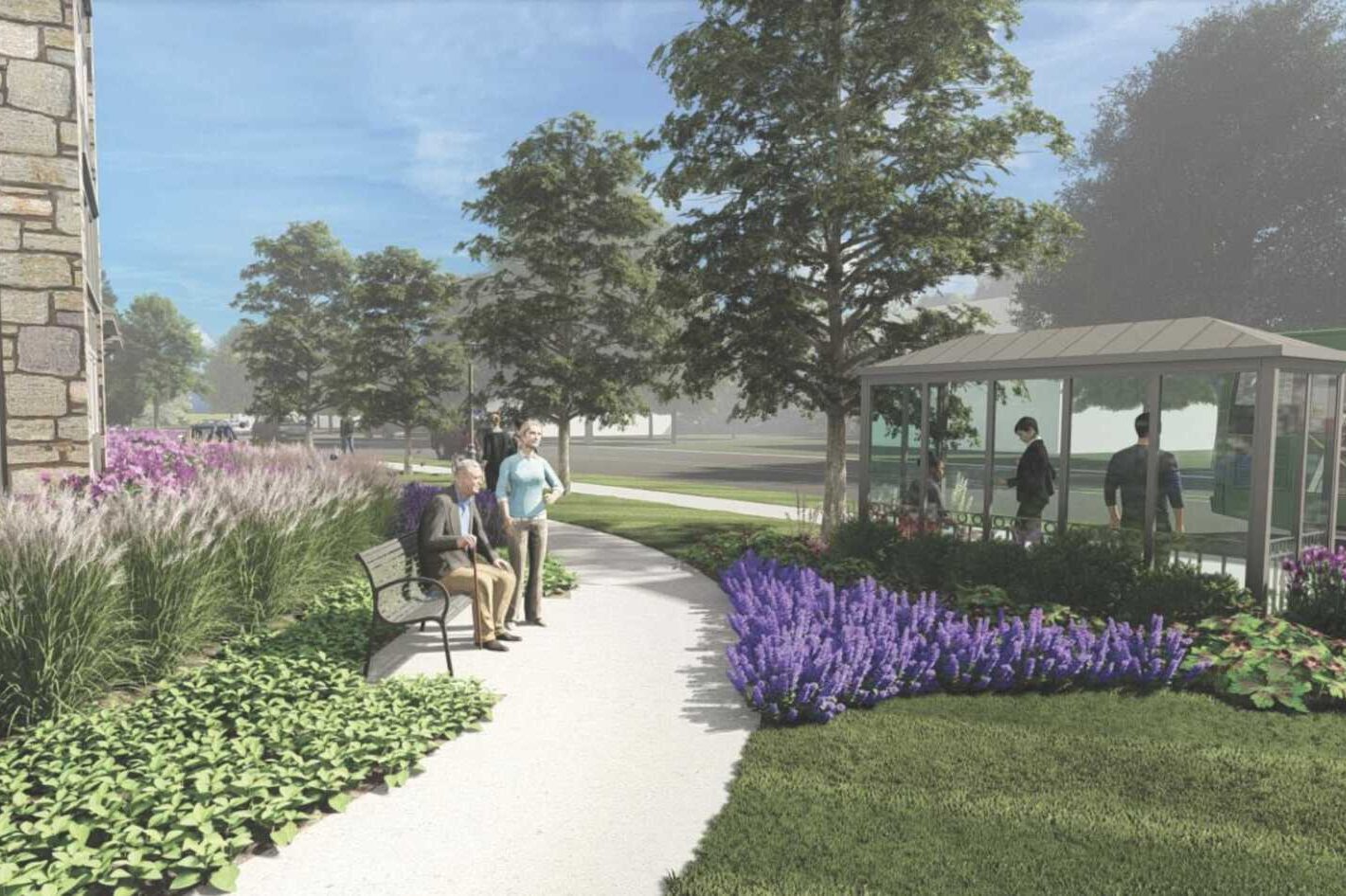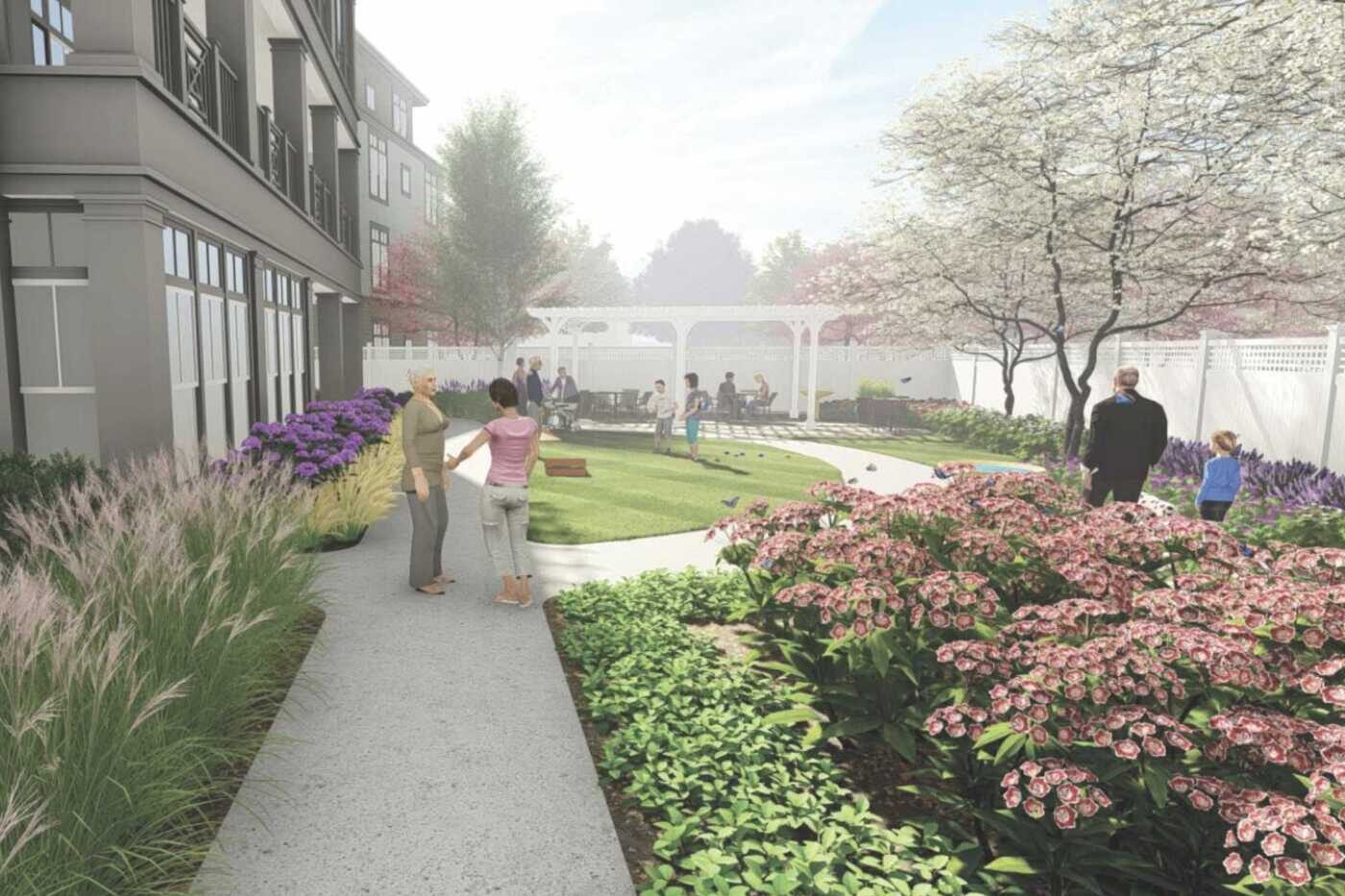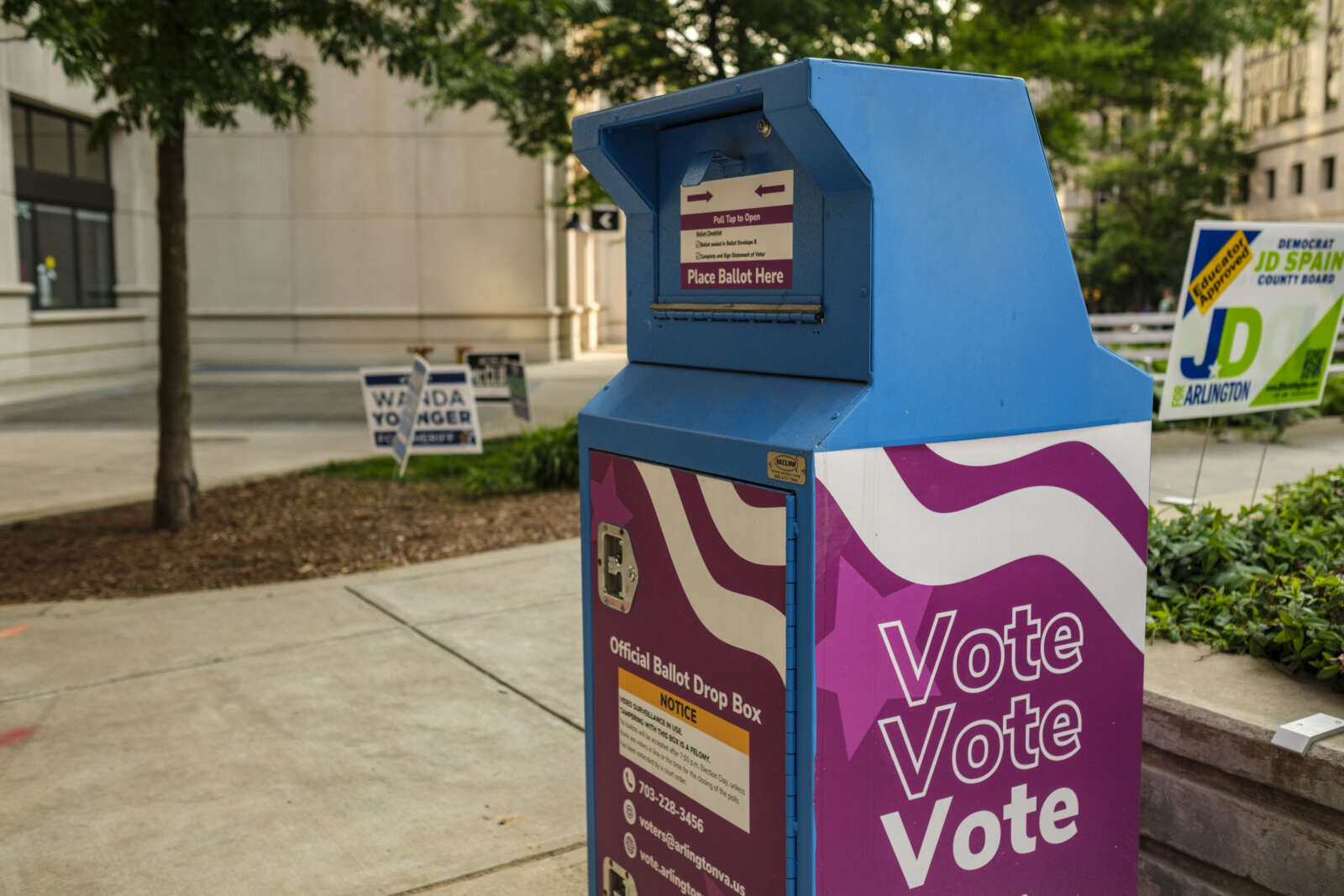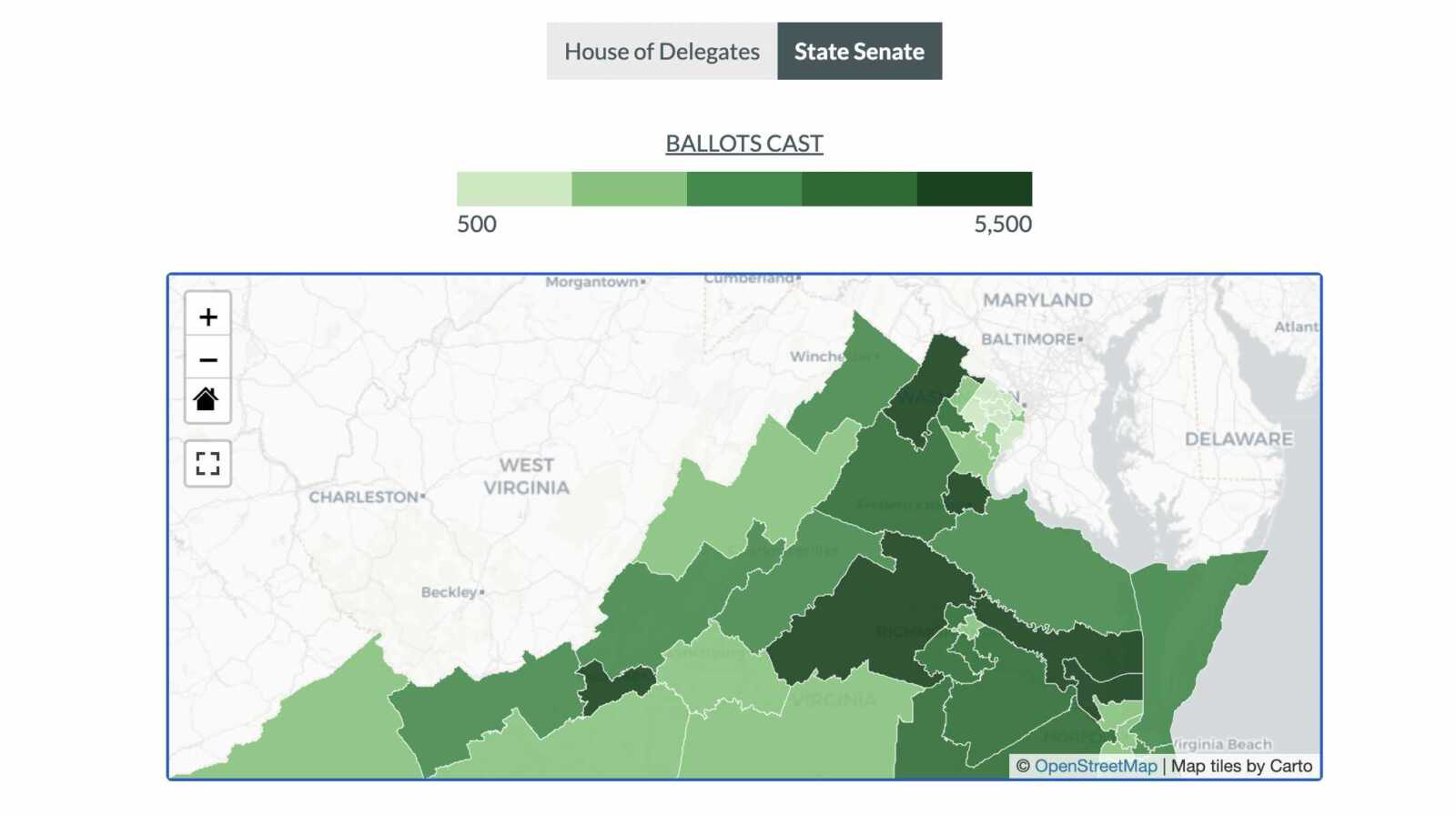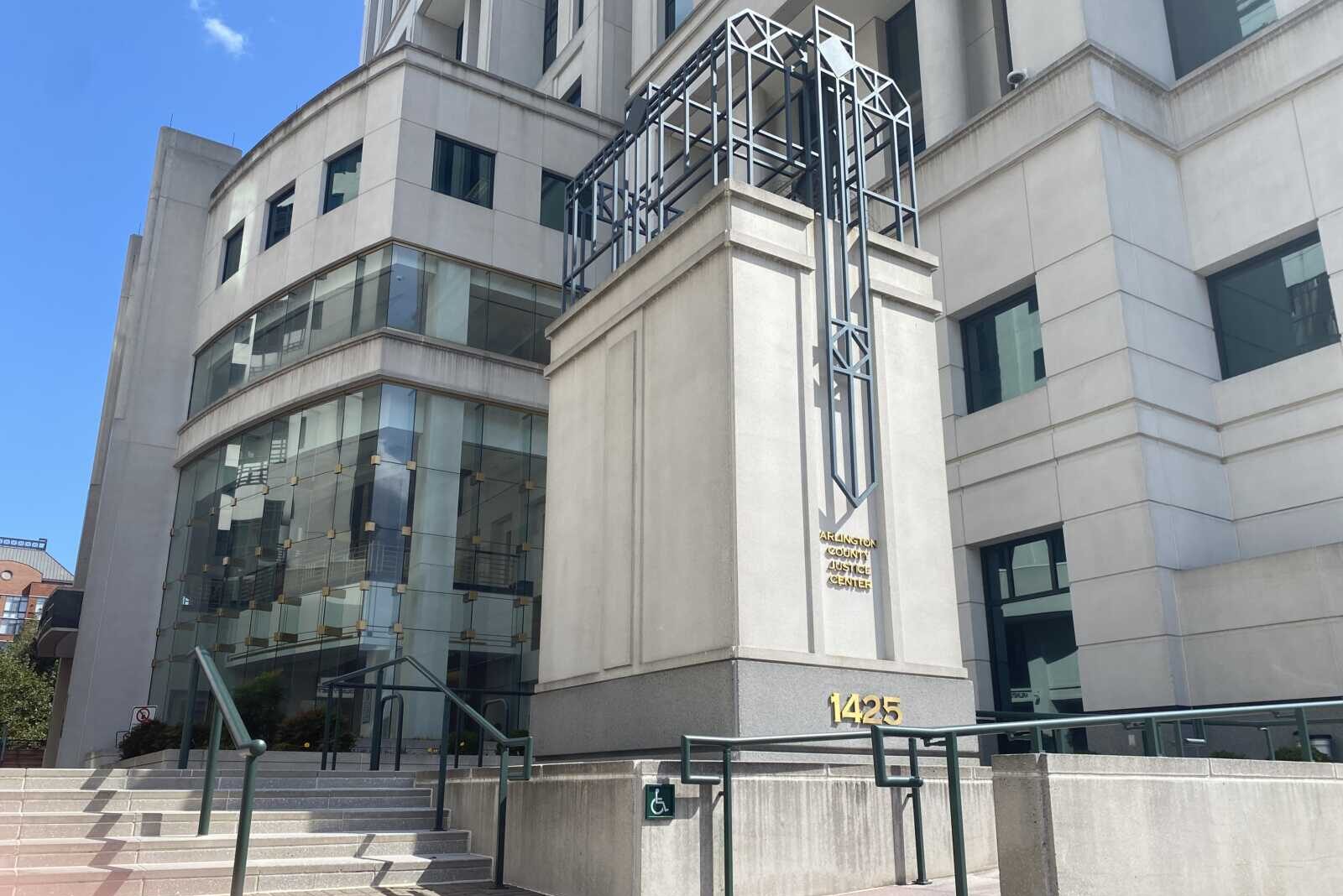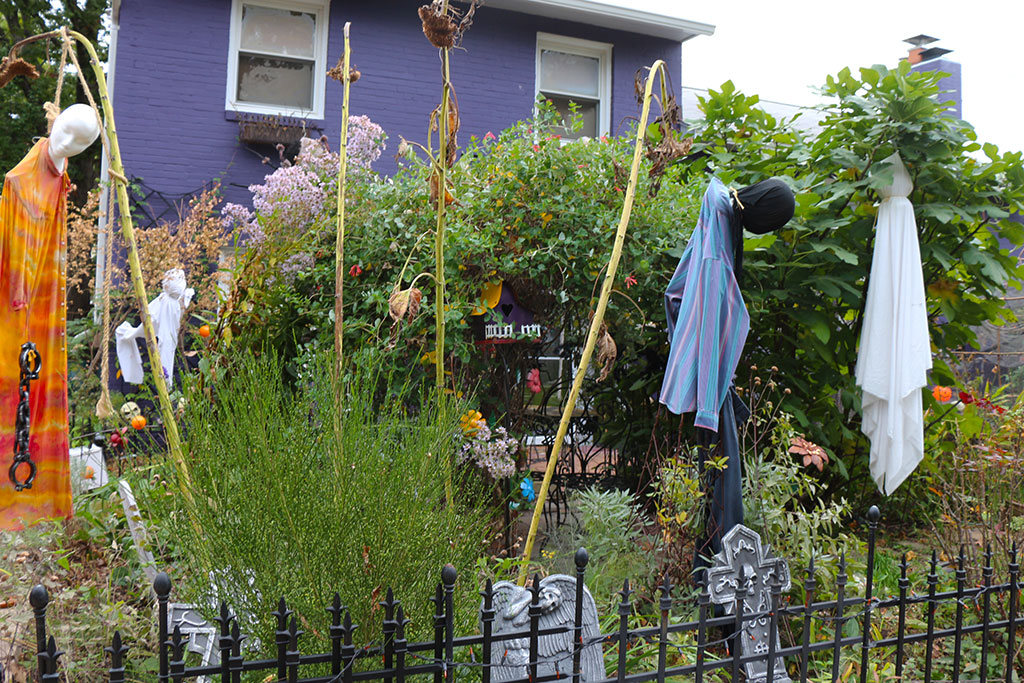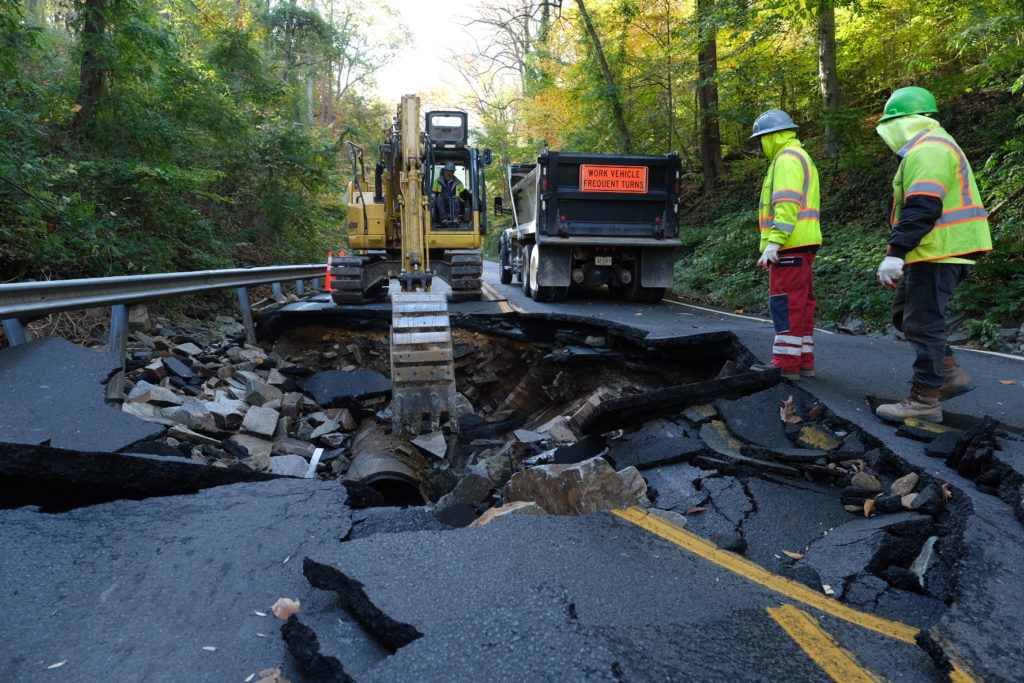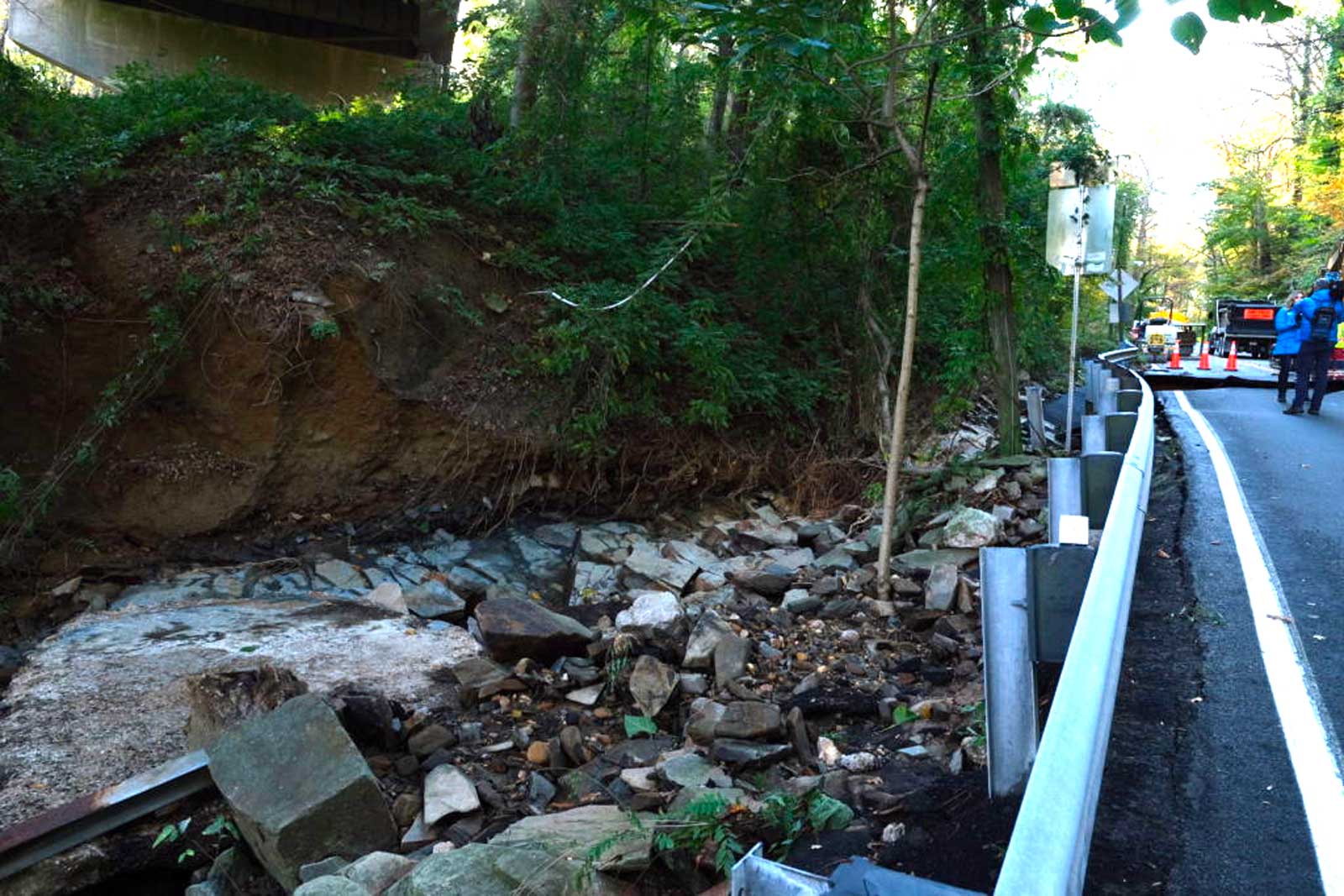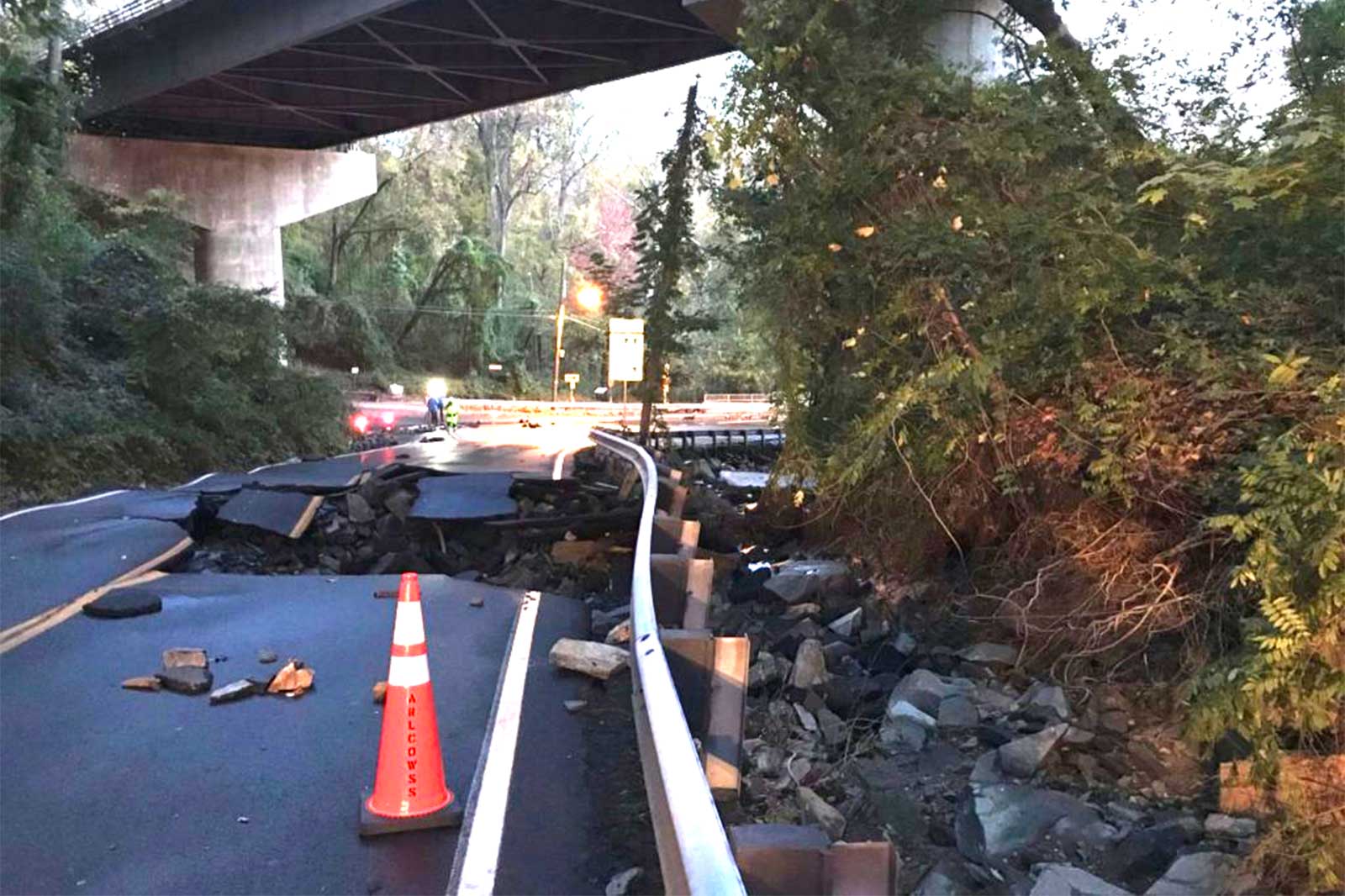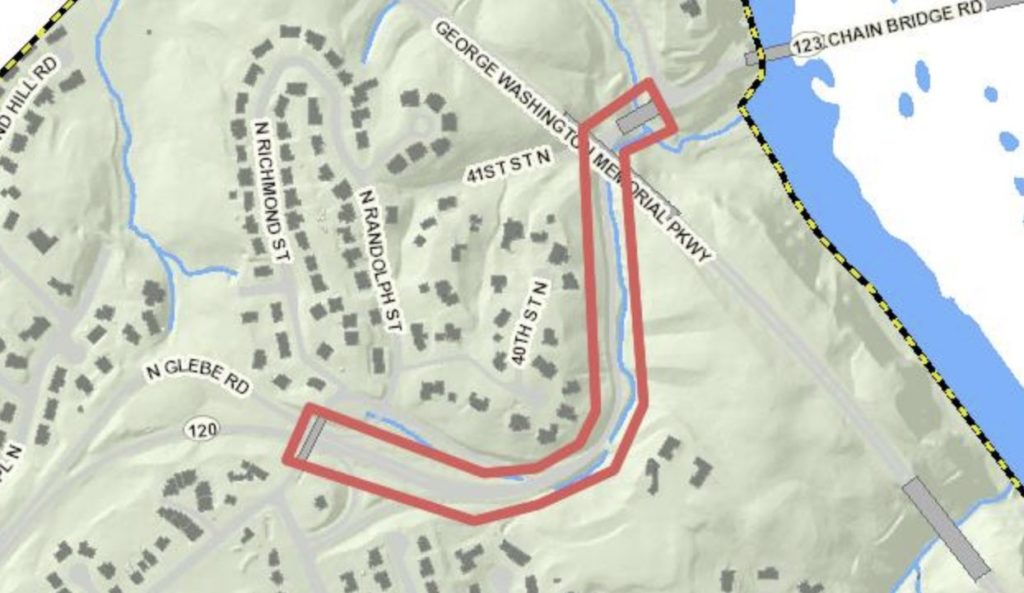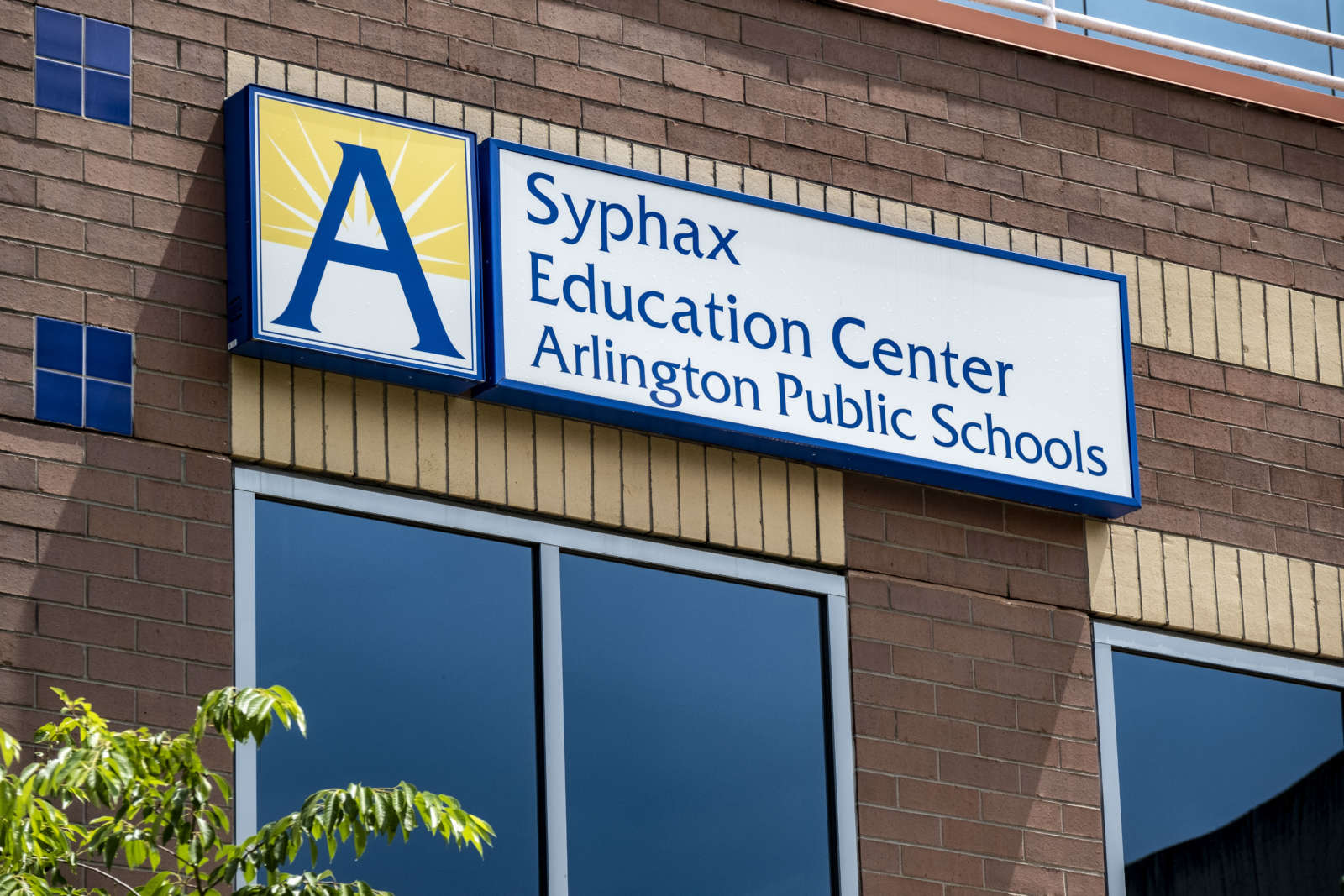
Arlington has a slightly higher than average crime rate compared to the region overall, according to a new report.
The Metropolitan Washington Council of Governments recently released its annual report, in which it compiled crime statistics reported out by local police departments, including Arlington County Police Department.
Overall, MWCOG found the D.C. area is seeing 18.3 crimes per 1,000 people involving rape, robbery, aggravated assault, burglary, larceny and motor vehicle theft. This is higher than the 2021 rate of 16.8.
Arlington County’s rate increased from 15.9 to 19.7 and is now higher than the regional average, though the lowest in the region’s urban core, which also includes Alexandria and D.C. The former claims second-highest rate, at 20.8, and D.C. claims the highest crime rate, at 40.6.
Larger, more suburban counties tend to have lower crime rates, including Fairfax County, with a rate of 15.6 crimes per 1,000 people.
“This is something that you didn’t necessarily know the data point but you knew to be true: crime is increasing across the region and, right now, is at elevated levels that we haven’t seen in quite some time,” Arlington County Board Chair Christian Dorsey said during a meeting on Tuesday.
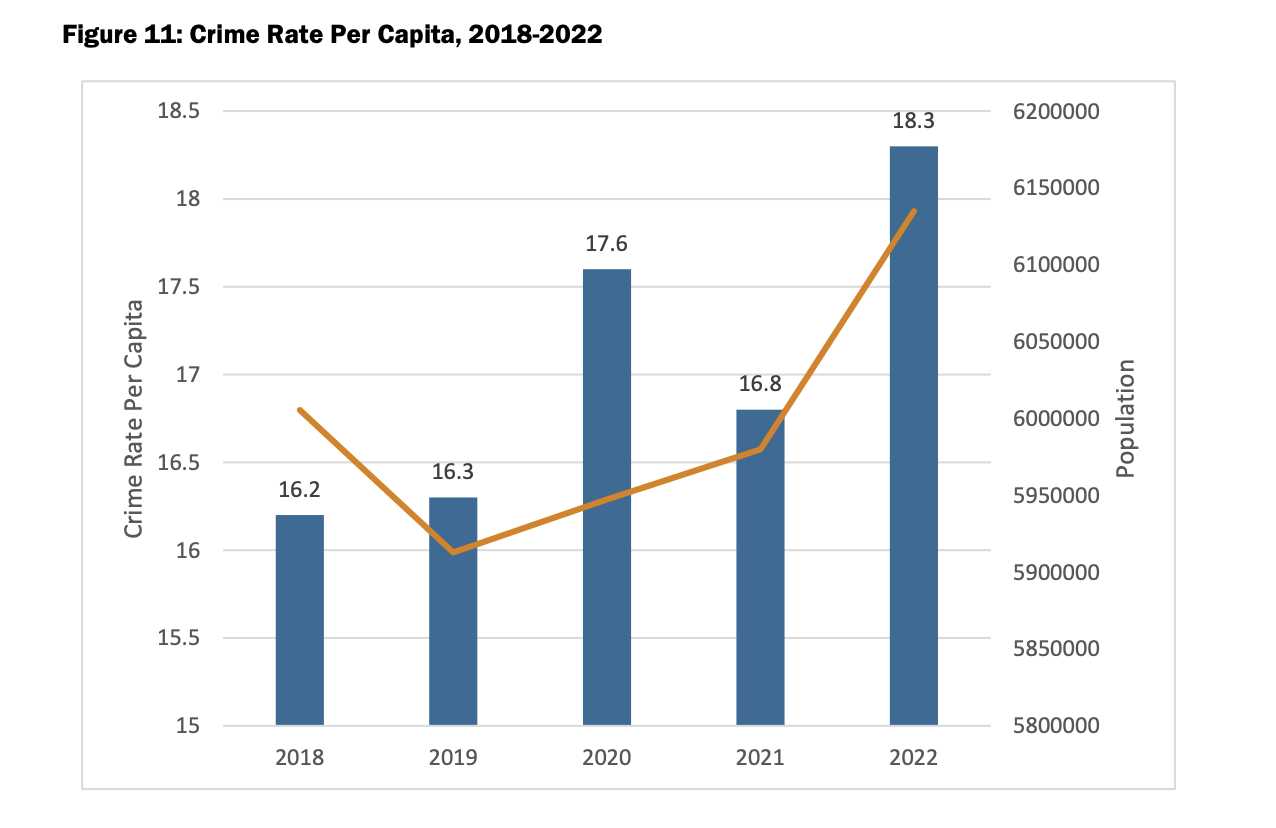
Among Northern Virginia jurisdictions, Arlington saw a 25% increase in offenses, the median rise in crime for its Virginian neighbors.
“We’re all struggling and we’re not struggling any more than anyone else,” Dorsey said.
Property crimes drive the trends regionally, according to 5-year trends in the MWCOG report. That appears to be reflected locally, with an uptick of reported motor vehicle thefts: 412 thefts in 2022, up from 313 in 2021.
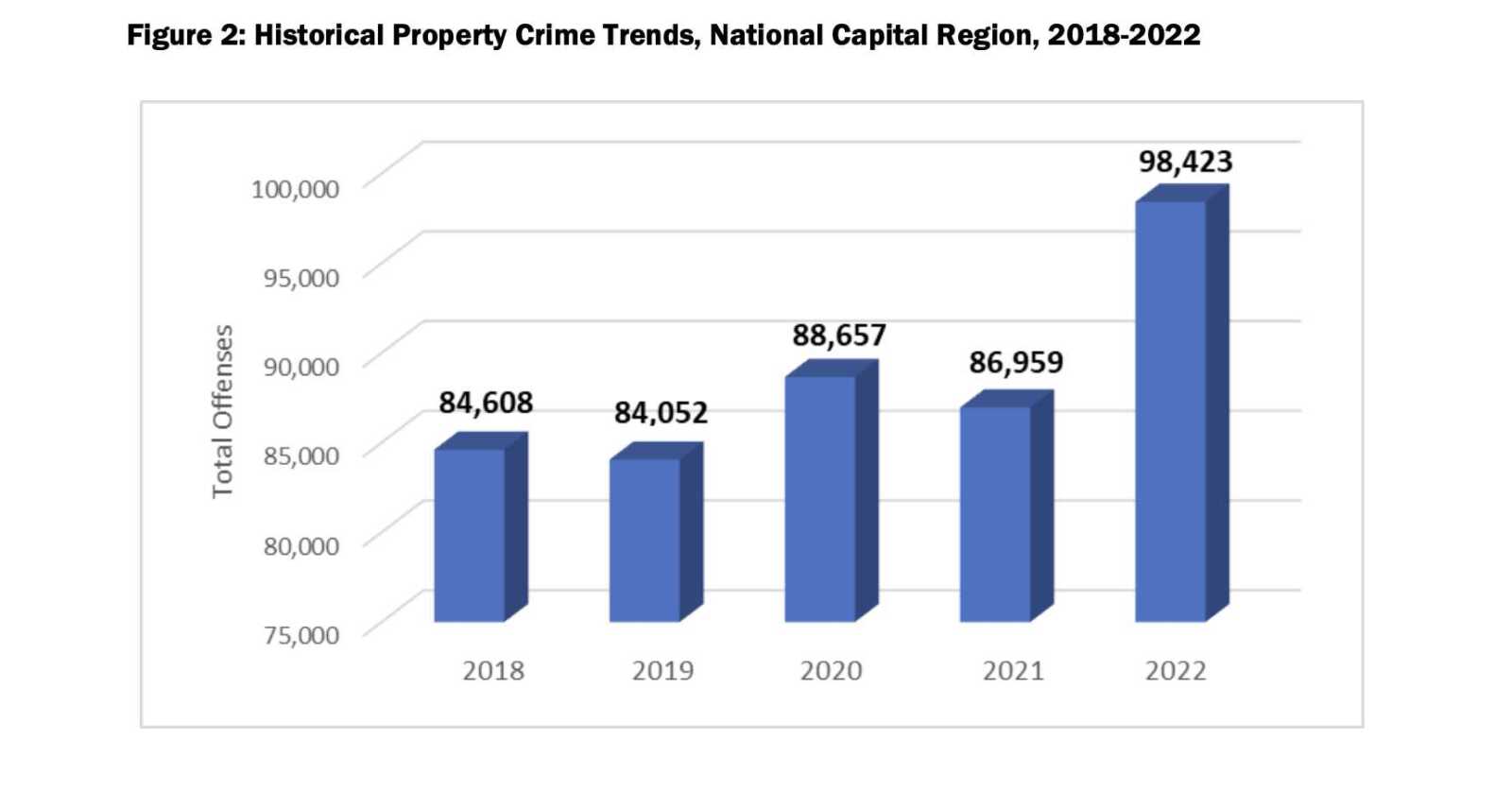
Carjackings are this year’s headline-grabbing offense, regionally, one that Dorsey stressed is thorny to tackle.
“There is a lot of interagency cooperation on these issues, but they are also quite difficult for police to bring to a satisfactory conclusion in terms of arrests and prosecutions,” Dorsey said.
Earlier this month Arlington surpassed the total number of carjackings from 2022, according to ARLnow’s count. While the county is seeing more carjackings, they are still less common than in D.C. and Prince George’s County, according to heat maps by the Washington Post.
One crime for which Arlington is an outlier, according to Dorsey, is assaults.
“We experienced a ridiculously huge increase in aggravated assaults in the year and are definitely a regional outlier, and not in a good way, with a 43% increase,” Dorsey said.
ACPD says “aggravated assault” is a category that includes distinct 20 felonies and three misdemeanor charges, spanning a broad range of crimes, including:
- throwing items at occupied vehicles
- brandishing firearms or similar-looking objects
- child abuse
- malicious wounding
The fact that 23 different charges encompass “aggravated assault” makes it difficult for community members to understand what exactly is happening in their community, says Chuck Miere, a Virginia criminal justice reform lobbyist who dug into ACPD data earlier this year.
“There’s very little transparency as to what gets counted year to year as falling into any of these categories because there isn’t a single ‘aggravated assault’ charge in Virginia,” he tells ARLnow. “There are a bunch of assault charges that can be aggravated.”


